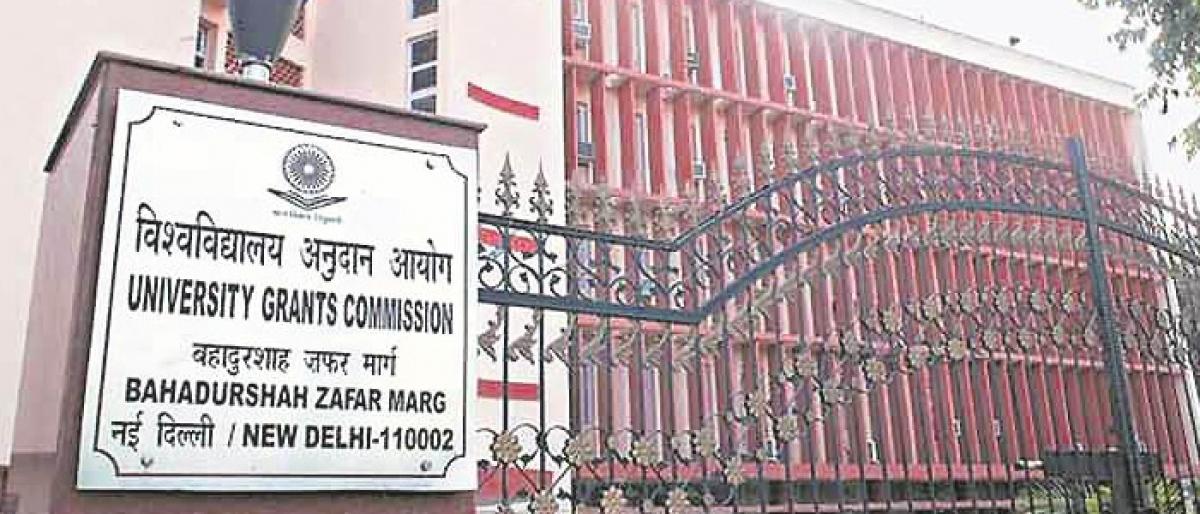Just In

The proposal to reorganise the geographical jurisdictions of state universities as per the University Grants Commission (UGC) directions is yet to get the nod of the state government.
Hyderabad: The proposal to reorganise the geographical jurisdictions of state universities as per the University Grants Commission (UGC) directions is yet to get the nod of the state government.
According to sources, as per the UGC guidelines, every university should have jurisdiction of two districts or not more than 200 affiliated colleges within its ambit.
Following this, the Telangana State Council of Higher Education (TSCHE) has sent a proposal factoring the new functional jurisdiction of each of the state university in Telangana. However, this needs the approval from the state government.
Speaking to The Hans India, sources in the State Higher Education Department (SHED) said the TSCHE has sent its proposal on the basis of the erstwhile 10 districts, but now the state has 31 districts.
It needs to be seen how the implementation of the guidelines will have an effect in near future, the sources said.
At present, it was only Osmania University which has more than 600 affiliated colleges, apart from the constituent colleges functioning within the university campus. Followed by OU, it is Kakatiya University (KU), which has a little over 300 affiliate colleges in its jurisdiction.
That part, the third biggest university is Jawaharlal Nehru Technological University, Hyderabad (JNTU-H) along with the remaining universities like Sathavahana, Telangana, Mahatma Gandhi and others have less than 200 affiliated colleges.
It was against this backdrop that the senior official in the SHED has to factor the consequences of implementing the new proposals which include taking a series of measures like diversion of staff, financial issues that come along with the reorganisation of the university jurisdictions.
Also, bigger universities like OU might lose the revenues that come to it in the form of fee from the affiliated colleges. "Implementing the reorganisation as per the UGC guidelines is imminent. Failing to implement the same may result in the apex body stopping funds to the universities.
As per the UGC, the main objective to resize the universities is to enhance standards of education as well as making the university education accessible to a wider number of people," the official said.
The UGC hopes that the move would help in effective monitoring and function of the affiliated colleges, mainly implementing the UGC guidelines like maintaining the student-teacher ratio which has been violated currently and the universities not able to oversee the same.
For example, every new university should ensure that there will be one faculty member for every 10 students in case of postgraduate course in science and 15 students in case of postgraduate courses in humanities and social sciences.
Similarly, in case of undergraduate programmes, the universities will have to ensure a student-teacher ratio of one faculty member for every 25 students in the science stream, 30 students in case of social sciences and humanities, management and commerce. And, one faculty member for every 15 students in case of media and mass communication studies.

© 2024 Hyderabad Media House Limited/The Hans India. All rights reserved. Powered by hocalwire.com







